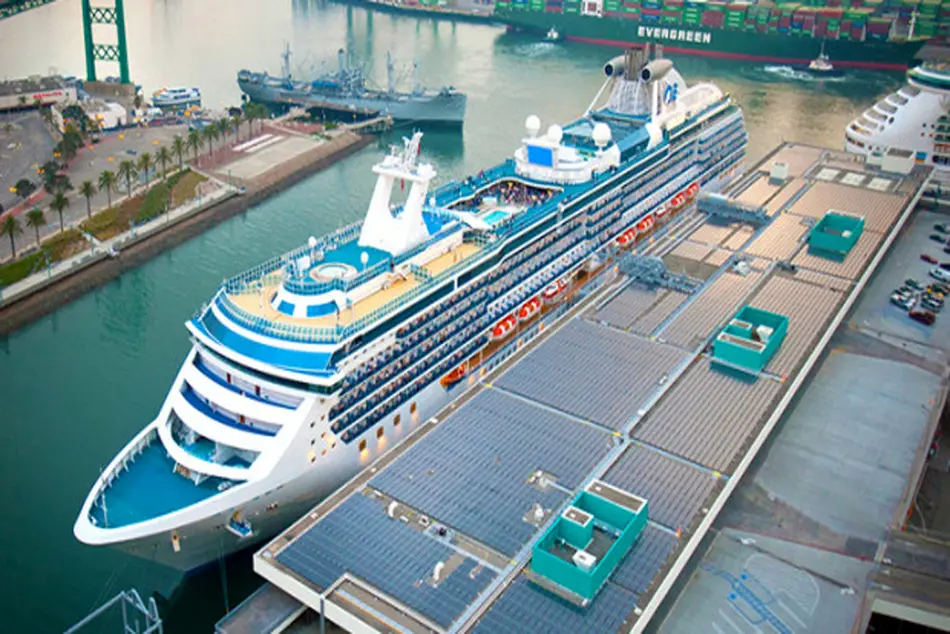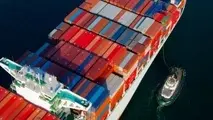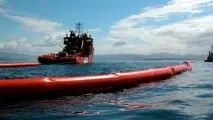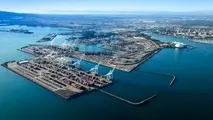Ports of LA, Long Beach approve Clean Air Action Plan

The ports of Los Angeles and Long Beach announced the approval of the 2017 Clean Air Action Plan (CAAP) Update, following a joint public meeting on 2 November. The document provides high-level guidance for accelerating progress toward a zero-emission future while protecting and strengthening the ports’ competitive position in the global economy.
The CAAP Update will introduce aggressive clean air strategies for moving cargo through US’s busiest container port complex and identifies four categories of coordinated strategies: 1) clean vehicles, equipment technology and fuels, 2) infrastructure investment and planning, 3) operational efficiency throughout the supply chain, and 4) energy resource planning.
“The San Pedro Bay ports are the driving forces of our region’s economy — and they should also be global models for sustainability and clean air. This update to the Clean Air Action Plan is an important step toward our ambitious goal of zero-emissions landside goods movement by 2035, and I look forward to making even more progress with our partners in the months and years to come,” said Los Angeles Mayor, Eric Garcetti.
The CAAP approval initiates the process for developing and refining specific programs. The strategies include:
Identifying clean engine milestones for new trucks entering the port drayage registries and creating a rate structure and incentives to achieve near-zero and zero-emission trucks, with the goal of transitioning to a zero-emission on-road drayage fleet by 2035.
Developing a universal truck reservation system, staging yards, intelligent transportation systems and other efficiency programs to reduce emissions.
Beginning in 2020, requiring terminal operators to deploy zero-emission equipment, if feasible, or the cleanest equipment available when procuring new cargo-handling equipment.
Developing infrastructure plans to support terminal equipment electrification, alternative fuels and other energy resource goals.
Expanding use of on-dock rail, with the long-term goal of moving 50 percent of all cargo leaving the ports by rail.
The new CAAP targets in reducing GHG emission from port-related sources, calling the ports to reduce GHG emissions significantly. Furthemore, the ports will have to minimize diesel particulate matter (DPM), nitrogen oxides (NOx) and sulfur oxides (SOx).
Additionally the CAAP includes an Implementation Stakeholder Advisory Group of public and private experts to provide input on implementing new strategies.
The initiatives also incorporate new investments in clean technology, expanded use of alternatives for reducing at-berth ship emissions, and a demonstration of up to 100 zero-emission trucks in the next few years.
As the ports announced, they plan to expand their Technology Advancement Program (TAP) in order to include technologies that help meet their new goals for reducing GHGs. TAP has been highly successful in demonstrating cutting-edge emissions reduction technology, with many projects resulting in commercial deployment throughout the complex today.



